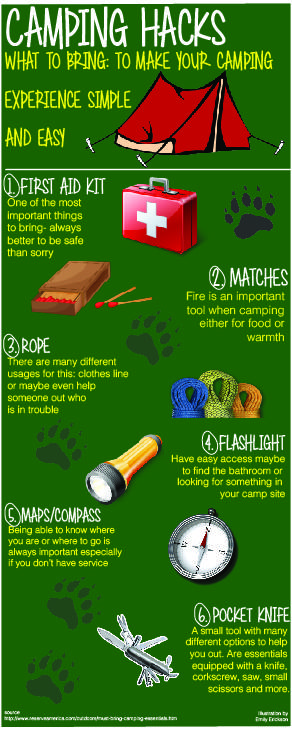How To Be Available When Selling Your Camping Tents Online
How To Be Available When Selling Your Camping Tents Online
Blog Article
Taking Photographs of the Night Sky
A range of elements can affect night skies digital photography. From weather to upcoming celestial occasions, you'll intend to prepare ahead to ensure success.
Should I get a 1 or 2 person tent?
The shutter speed you choose determines whether celebrities look like specific pin-points or route throughout the picture. A great guideline is to limit the exposure to 500 seconds, or the matching of your lens's focal size.
Place
One of the most important factors in an excellent picture is where you take it. Go for locations with minimal light air pollution, and stay clear of areas that have brilliant city lights and skyscrapers.
Likewise, look for a place that offers foreground components to produce compositions with. For example, dune patterns, wind-sculpted ridges and rocky outcrops can all give appealing foreground aspects to help inform the tale of your night sky picture.
It is likewise valuable to research study astronomical occasions such as meteor showers and lunar eclipses to take advantage of chances for fantastic photos. Making use of a device such as the Photographer's Ephemeris can be unbelievably helpful when intending your shoots. It aids you to determine moon stages, Galaxy position and various other astronomical occasions. Likewise, take into consideration capturing in RAW format as opposed to JPEG as this offers you a lot more flexibility when refining the pictures. This is especially real if you prepare to print your images.
Cam Settings
Obtaining the best camera setups is very important for any kind of picture, however especially so for evening sky photos. A wide-angle lens is best for recording more of the Milky Way and lowering celebrity routes, in addition to a longer shutter rate to stop the activity of celebrities and reveal their information.
For a maximum degree of clarity, shoot in RAW layout rather than JPEG, which allows you to protect more information and offers flexibility throughout post-processing. This can also include in file dimension, so make certain you have plenty of storage room and extra flash memory card available.
Establish your focus to hand-operated concentrating by flipping the AF/MF turn on your lens into MF setting. You may require to take a few examination shots and inspect the photo playback on your video camera's LCD display up until you achieve best, pinpoint hand-operated focus. It's a great concept to do this throughout the day with your picked lens and the place you will be shooting at night, to confirm the accuracy of your emphasis setup.
Illumination
A good night skies photo needs the right problems. This includes a dark sky, yet also an intriguing foreground element such as a hill on the horizon, a lake to show the stars, or a human aspect like a barn or shed. You can even utilize a headlamp to brighten the foreground and add some dramatization or depth to your photo.
The most crucial camera settings for evening sky digital photography are the aperture and shutter speed. The broader the aperture, the more light that reaches the sensing unit. This allows you to catch intense stars in a reasonably short amount of time.
The shutter rate determines whether your stars will certainly be pin-point perfect or if they will look like celebrity trails because of the Planet's rotation. Be sure to take several lengthy exposure shots and pile them in post-processing for the very best results. Last but not least, shoot in RAW mode to provide on your own maximum latitude in post-processing.
Structure
The key to gorgeous celebrity shots isn't a premium telescope, a new wide-angle lens or a high-grade Canon or Nikon electronic camera. canvas camping It's technique, planning and make-up.
For beginners, scout your shoot place beforehand to get a feel for the layout and prospective make-ups. Consider integrating foreground aspects such as rocks, a lake or alpenglow on the landscape to include character and interest to your photos.
Keep in mind the Regulation of Thirds when composing your photos. This easy concept aids balance and combine pictures. It's likewise valuable for concentrating on sights in your photo, such as rock functions or the Milky Way. Likewise, remember to plan your shoots around moon stages-- capturing at a full moon can overpower stars and produce a silhouetted form, while firing on nights with a new moon can help you see constellations a lot more plainly.
How do I keep my tent cool?
